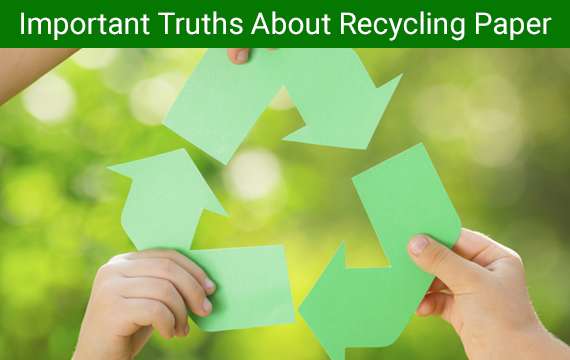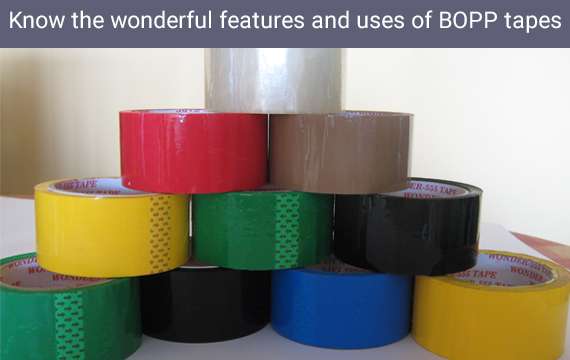Important Truths About Recycling Paper
- By: Admin
- Thu Apr 7, 2022

Recycling of paper helps preserve the environment and can be a best and effective way to recover lost revenue for your business. Depending on the size of your operation and the amount and type of waste paper products you produce, there is a waste recycle option that is right for you.
Many of us have a recycling bin nearby overflowing with paper products, so you probably won’t be surprised to learn that paper remains the most recycled of household waste materials.
When it comes to producing paper, adding recycled content is often seen as an environmental quick fix. It is definitely the best way to ensure the most effective use of trees. But it is also seen as the best way to minimize our environmental impact. And the surprising truth is that this is not always the case. Recyclable paper diverted from landfills conserves landfill space, saves electricity, water and air pollutants, and maximizes the use of the trees required to produce paper products. We, at Unique Paper Links Ltd, are the esteemed recycled paper Suppliers in Brampton, Canada.
How is Paper Recycled?
The process of recycling paper is relatively simple. It begins with gathering the waste materials and ends with new paper products. Here's how it works:
- Contaminants are removed at the recycling center. This typically includes paper clips, staples and pieces of plastic from packing materials.
- Paper is sorted by grades, baled and shipped to the processor.
- Pulpers at the processing mill shred the paper and mix it with water and chemicals to break down the fibers. Heat is applied to speed the breakdown of the wood fibers in the paper and create a slurry of wood fibers.
- The pulverized paper and fibers are screened to remove any remaining contaminants.
- It is then cleaned, and the inks are removed by spinning the pulp in a cone-shaped cylinder.
- The pulp is then sprayed onto a conveyor belt, and the water is allowed to drip through the screen on the belt. This causes the fibers in the pulp to begin to bond.
- Heated rollers then dry the paper and bond the fibers.
- The paper is placed on large rolls that will be used to make new paper products.
What are the Benefits of Recycling Paper?
Revenue from your recycling efforts is not the only benefit to recycling paper. It helps the environment in several ways namely, it reduces the demand for virgin timber, which means more trees are left to thrive and grow to remove carbon dioxide from the air. It also reduces the amount of energy used to produce new paper products, saving the equivalent of the energy. Recycling reduces the amount of trash in landfills.
Three things to remember about recycled paper:
1. You can’t recycle indefinitely.
Wood fiber can generally be recycled up to seven times. But the fibers lose some of their strength with each round of recycling, becoming shorter and shorter until they can no longer be used for producing paper.
2. Location matters.
Raw materials ideally should be available close to the mill in order to minimize transport requirements and the fossil fuel emissions inherent in truck or rail transportation.
3. It takes water, energy and chemicals to recycle.
Recovered paper must undergo treatment to remove ink, adhesives, coatings and other contaminants. And using recovered fiber to make higher brightness products, like photocopy paper, can require more processing which has an impact on the environment.
We, at Unique Paper Links Ltd, are the esteemed recycled paper Suppliers and exporters in Brampton, Canada.



